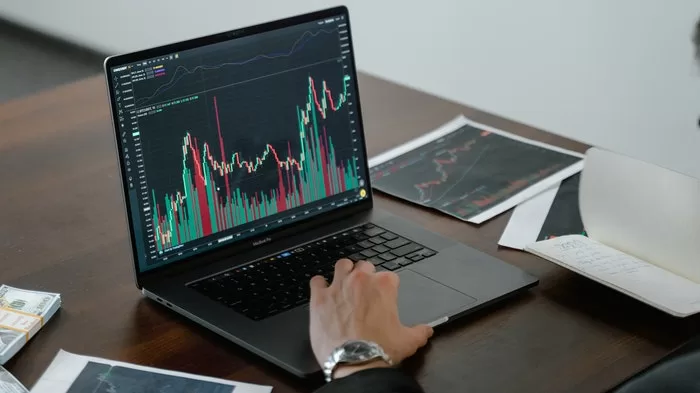Finance
Forex Basics: Lots and Leverage

Are you new to Foreign Exchange Trading? Learn and understand the basic knowledge every Forex trader should know in this article, focusing on leverage and lots.
What Is Lot in Foreign Exchange Trading?
In foreign exchange trade, the lot is the amount or rate where the contract is based on the lot size of the newly opened trading. It was not the client who set the lot size but the market maker by following their standard requirements. The cost of the position is affected by the asset worth and contract units.
Here are four types of lot contracts and their corresponding total number of units:
- The Standard lot is Forex’s trading most common lot type with a total of 100,000 units.
- Mini or 1/10 standard lot is primarily used in cryptocurrency and metal trading with 10,000 units.
- The Micro lot, or 1/100 of standard lot size, is commonly used by Forex brokers to access CFD or “Contract for Difference,” an effective alternative to highly-priced metal and cryptocurrency stocks transactions with 1,000 units.
- 1/1000 of standard lot size or Nano lot has only 100 units and is rare in Forex trade. It is usually used in metals, cryptocurrency, and raw materials trading only.
What Is Leverage?
Leverage is a process when the trading funds are borrowed from the broker or a third party, giving more opportunities to make larger trades. It is also called margin trading by brokers and increases both risk and profit to the trader.
There are different types of leverage in all trading instruments depending on the liquidity provider with whom the broker works.
Currency pairs are measured by pip or the Percentage in Point. Sometimes, it has two decimal points, but mostly it has four, and in this case, the pip change is the fourth decimal point.
In getting the currency pip amount, the Forex rate will be divided by 1/10000 or 1/100 depending on the number of decimal points. This slight currency pair movement will determine if the trader made a loss or a profit, mostly taking time. In this situation without leverage, it is most unlikely that you will get a good gain on your investments in a short period.
How Does Leverage Affect Forex Trading?
Lots and leverage may be different from each other, but both critical in Forex trade. Leverage will never affect the contract value, and the original number of units per lot type will remain. However, it will affect and determine the trader’s position and disposal of funds.
Here are two formulas that can show how leverage changes the trade value.
- Without leverage: Trade value = number of lots multiplied by lot size multiply by the quoted price
- With leverage: Margin size = number of lots multiplied by lot size multiplied by quote price, divided by leverage.
The lot size of the contract is directly proportional to the value, while the leverage ratio is not. The greater the contract size, the greater the trade value. However, with leverage, the greater the leverage, the lower the trade value a trader will pay. Forex traders use leverage to ensure profits with just a small amount of price in currency pairs.
But using leverage can be both advantage and disadvantage to a trader, so it is essential to know the right amount of leverage is right. As a trader, it is vital to adapt to constant changes and see if it is best to invest more or less to prevent huge losses and earn more profits.
How to Calculate the Correct Lot Size, Pip, and Trade Value
First, you have to know how to calculate the correct lot size. Let say the EUR/USD have 100,000 units, and you have 1,000,000 USD to trade. Divide the amount by the number of pips:
- 1000000/100000 = 10 USD per pip.
Now you have to divide the value per pip by the amount of pip of a standard lot. The pip value of a standard lot is always at 10 USD, 1 USD for mini and, 0.10 USD for Micro:
- 10/10 = 1 is the number of lots you will trade.
To check if the calculation is correct, all you need to do is follow this formula: Number of pips x pip value = the amount you want to trade. Remember to know how to calculate the specific value for the currency pair you are selling as it is different from each other.
Now let us follow the following formula to know the trade value with and without leverage. Calculation without leverage:
- 1 x 100000 x 1.18760 = 118,760 USD
If the trader sets the leverage by 1:1000, the margin will be a thousand times less than the original amount a trader needs to pay:
- 1 x 100000 x 1.18760 / 1000 = 118.76 USD.
Is Using Leverage in Forex Trading Beneficial?
In conclusion, leverage doesn’t directly affect the contract but the trader’s power during Forex trading. For traders who have trading funds, buying without leverage may be a good decision, but using leverage is an effective solution if you want to save more funds and purchase more. Using the sample formula and talking to your broker will make you understand and learn more about the basics of lots and leverage.

















































